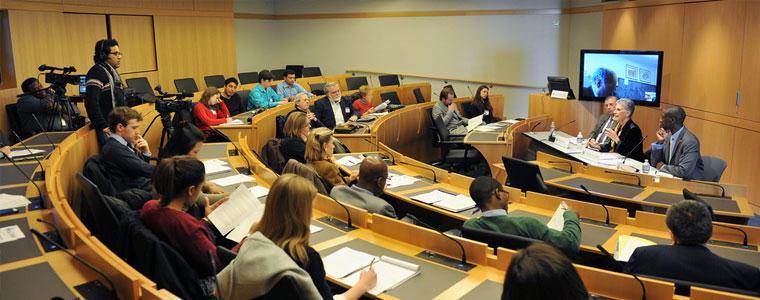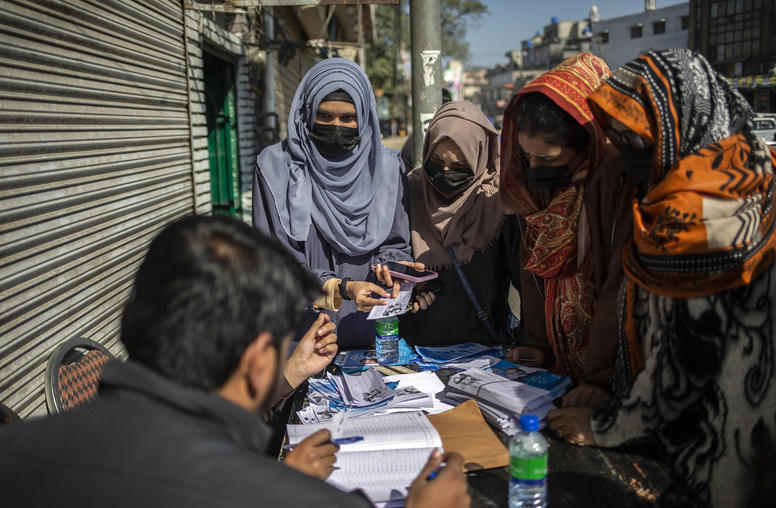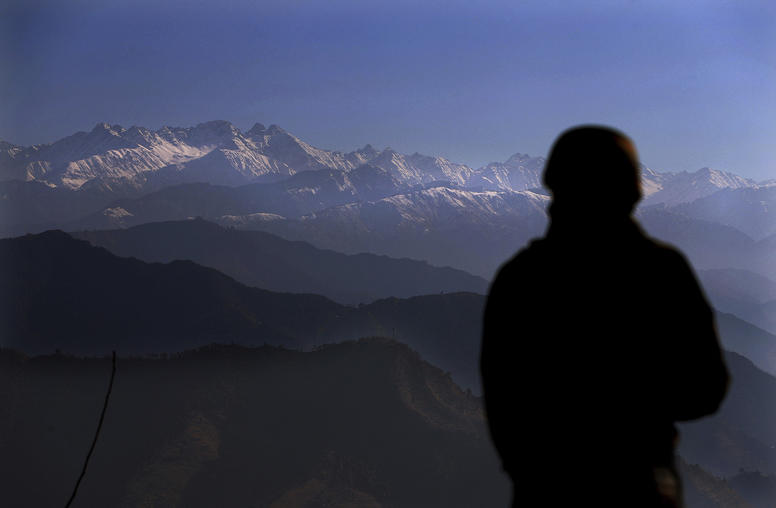Reconstruction Zones and Economic Reconstruction: The Cases of Afghanistan and Pakistan
Rebuilding economies after protracted chaos or violent conflict requires careful thought and political courage. By creating dynamic and inclusive growth, reconstruction zones could help countries stand on their own feet, consolidate peace, and overcome the unsustainable aid dependency to which they have grown accustomed. This event examined the validity of this approach, using Afghanistan and Pakistan as case studies.

Rebuilding economies after protracted chaos or violent conflict requires careful thought and political courage. As outlined in a recent USIP Special Report, “business as usual is not an option.” Poorly conceived strategies could be costly, counterproductive and unpopular. Failure to address a complex array of issues, including infrastructure deficits, market failure, resource scarcity and human capacity constraints has compromised many economic reconstruction efforts and left many frustrated, disillusioned and vulnerable.
In her October 2011 USIP Special Report, Graciana del Castillo argues that reconstruction zones consisting of two distinct but synergistic areas (one focusing on local production and the other on exports) could provide an effective and integrated strategy for economic reconstruction. In her view, using foreign assistance to support the provision of key infrastructure and services in these zones could jump-start productive sectors and create jobs and entrepreneurship in agriculture, light manufacturing, and services, both for domestic consumption and for exports.
By creating dynamic and inclusive growth, reconstruction zones could help countries stand on their own feet, consolidate peace, and overcome the unsustainable aid dependency to which they have grown accustomed. This event examines the validity of this approach, using Afghanistan and Pakistan as case studies.
To accommodate for international audiences, this event will also be hosted online on the International Network for Economics and Conflict, a comprehensive website for practitioners of economic development working in fragile states. You can watch the presentations and commentary online here and submit questions via chat on the event page or email. Questions will be answered in real time by our panelists.
Speakers:
- Graciana del Castillo, Presenter
Author of "Rebuilding War-Torn States" (Oxford, 2008), former senior research scholar and adjunct professor of economics at Columbia University, and author of the USIP Special Reports The Economics of Peace and Reconstruction Zones in Afghanistan and Haiti - Roger B. Myerson, Discussant
Glen A. Lloyd Distinguished Service Professor Department of Economics, University of Chicago and 2007 Nobel Prize winner in Economics - Shuja Nawaz, Discussant
Director of the South Asia Center of the Atlantic Council and former Managing Editor of ‘Finance & Development’ (the multilingual quarterly of the IMF and the World Bank) and member of the Editorial Advisory Board of the World Bank Research Observer. - Raymond Gilpin, Moderator
Director, Center for Sustainable Economies
U.S. Institute of Peace



